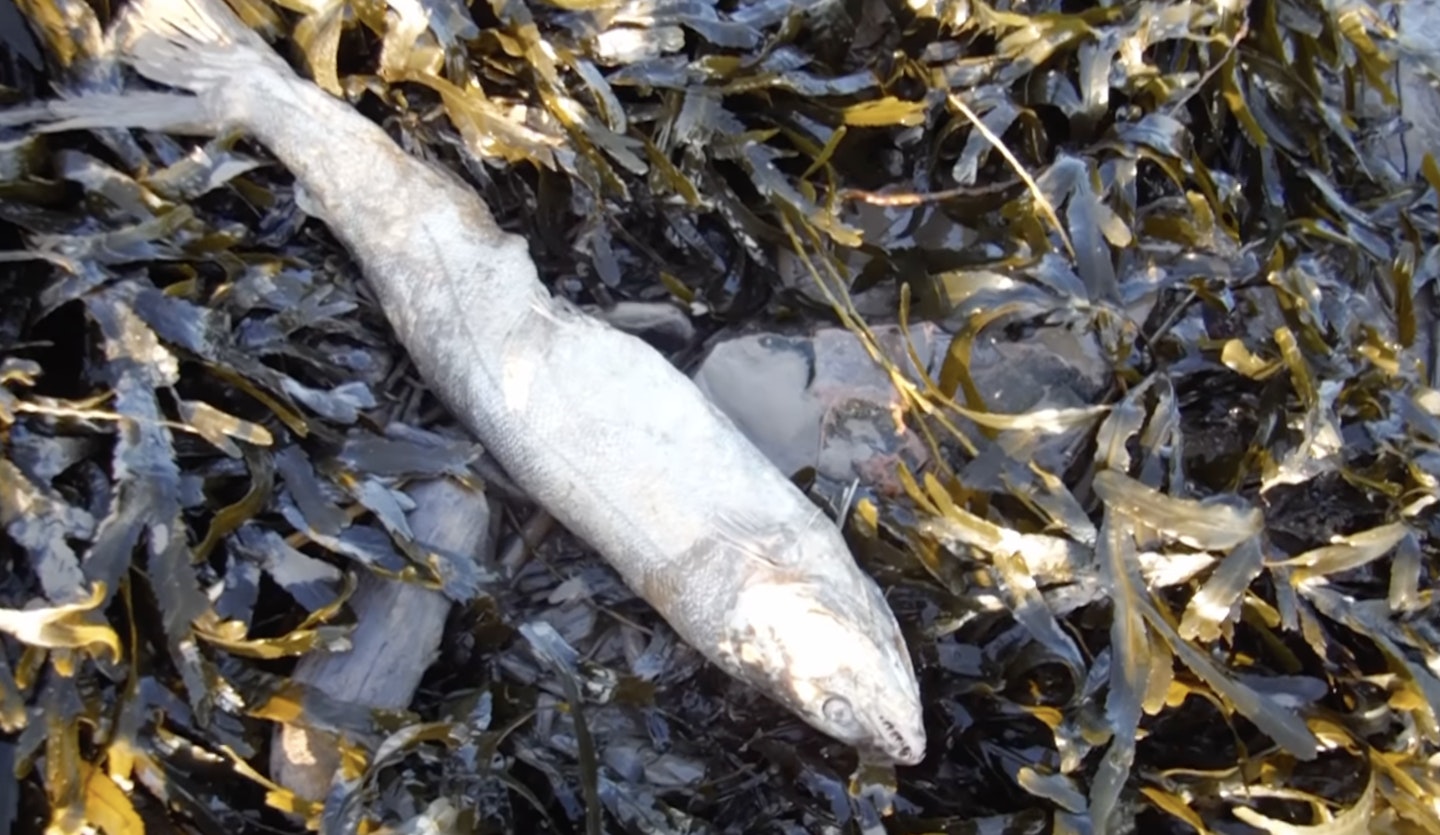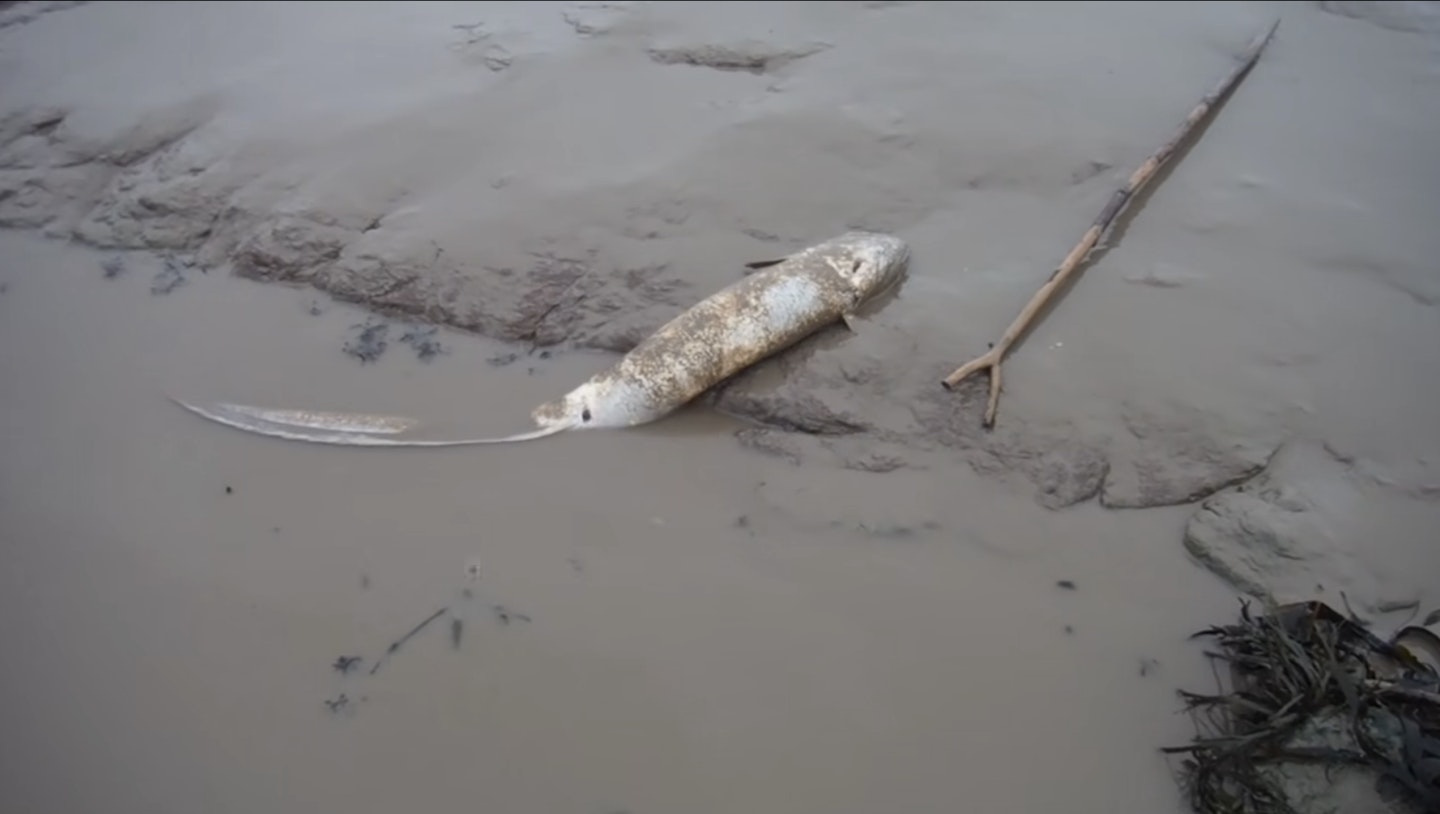An area of the Severn Estuary has sparked concern among anglers and local fishermen after numerous dead fish have been discovered during low tide. While finding the odd dead fish isn’t unusual, the sheer number of carcasses in a relatively concentrated area suggests something more sinister may be at play—leading local anglers to refer to the area as "The Reef of Death."
The majority of the fish found have been conger eels, a relatively hardy species, and if they are washing up dead, it raises concerns that more sensitive species may have been affected too. Fishermen have also discovered the remains of salmon, highlighting the potential impact on already threatened fish populations. The fish have been found in various stages of decomposition, suggesting that whatever is causing the mortalities has been ongoing for some time and appears to be particularly concentrated in this area.
IF YOU ARE LOOKING TO GET OUT SEA FISHING, CHEC OUT THESE STRETCHES OF COASTLINE TO VISIT.

The Severn Estuary has an astonishingly high tidal range of 15m, making it the second largest in the world, behind Canada's Bay of Fundy with 16.3m. That is a tremendous amount of water movement, which is even more concerning as should this be a pollution or disease incidence, even with the amount of dilution the area has each day with each change of tide, fish are still being exposed and dying as a result.
Speaking to Martin, a lifelong fishermen of the area and creator of the Black rock lave net heritage fishery Facebook page, who brought this issue to light had this to say:
"The area is a stretch of the Severn below the old Severn Bridge, where I have been fishing for over 50 years."
"In all my time, I have never seen anything like the number of dead fish that have appeared in recent weeks."
"You might find one or two dead congers a year, but the last two months have been unprecedented—sometimes discovering over 10 on each visit," he added.
IF YOU ARE NEW TO SEA FISHING, OUR EXPERT GUIDE IS PERFECT FOR BEGINNERS.

Despite Martin reaching a wide audience on his Facebook page as well as speaking to people from Natural Resources Wales (NRW) and Swansea University, there was no real vested interest in coming down to test any fish and determine the cause of death. He went onto say:
"There are a few possible explanations, with some suggesting heavy rainfall may have altered the salinity in the estuary, others suspecting disease, and many pointing towards pollution."
"However, we also found other species affected, including whiting and quite a few salmon, which suggests the issue is impacting a range of fish, not just conger eels."
"Thankfully, we haven’t seen as many on our most recent visit, so this may be the end of it, but I will continue to monitor the area."
"What is just as concerning is that the whole of the Upper Severn appears lifeless. We used to see tonnes of sprats running up the Severn which would be picked off by gulls on the receding tide, but I haven’t seen any in the last three years—and I’m out here more than most."
"Anglers aren’t catching cod like they used to, or much of anything for that matter, suggesting this is a more widespread problem than what we are seeing," he concluded.

